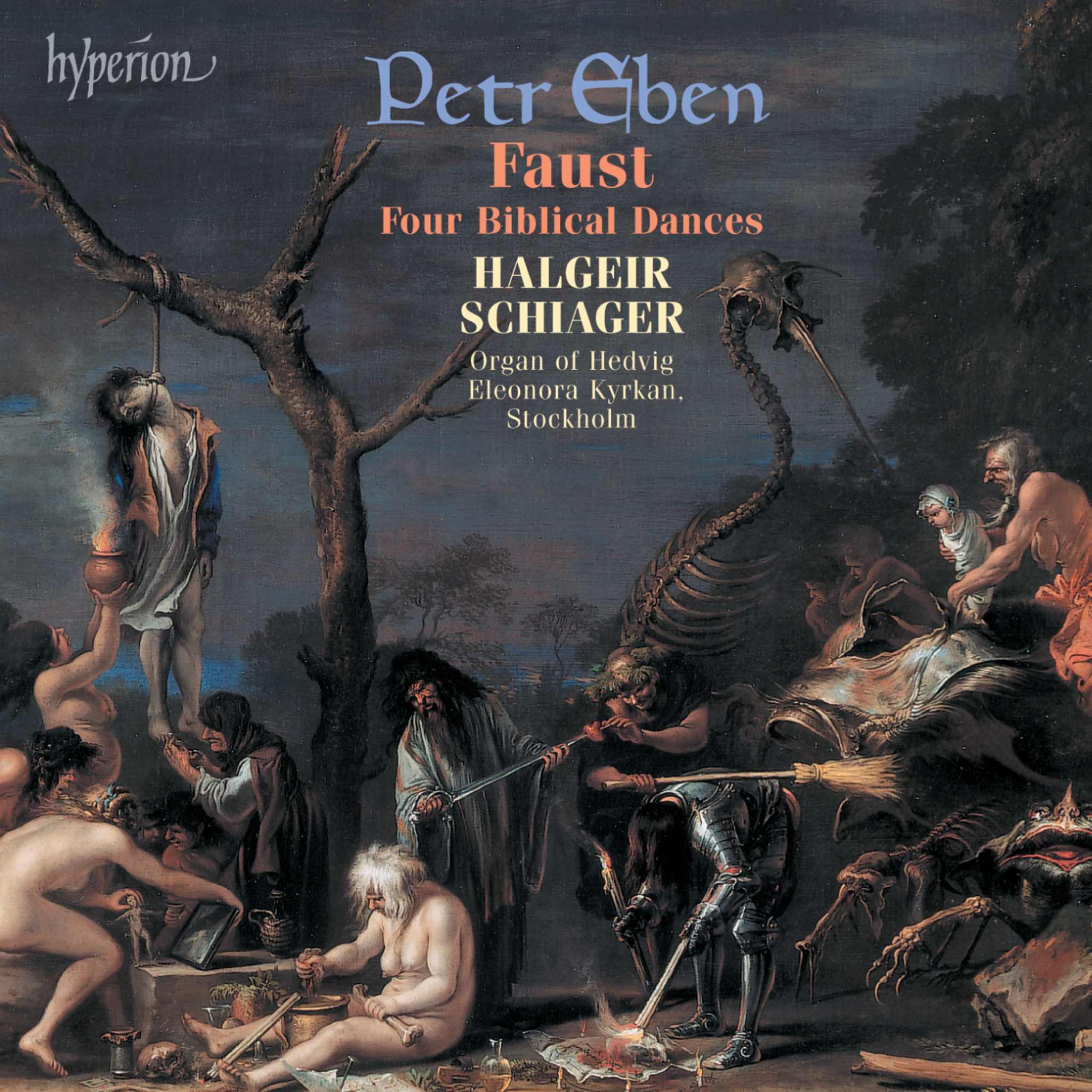Album insights
In 1802, Beethoven displayed remarkable productivity, crafting his second symphony, the lovely G Major Romance for violin and orchestra, four violin sonatas, a piano trio, two sets of piano variations (including the "Eroica" Variations, Op. 35), and the significant three grand piano sonatas, Op. 31. Despite this creative outburst, he struggled with discontent, longing for a position at the imperial court or even a concert series at the Burgtheater.
Suffering from fears, Beethoven's doctor suggested a countryside retreat in Heiligenstadt, a village north of Vienna. During his half-year stay for treatment, the composer penned the famous Heiligenstadt Testament, revealing his struggles with increasing deafness and his commitment to art as his lifeline. Notably, the seemingly upbeat first and third sonatas from op. 31 did not reflect his darker moods.
For the sonata "Der Sturm," Op. 31 No. 2, Beethoven chose the key of D minor, a rare choice in his repertoire except for select compositions. The intricate composition of the piece showcases his evolving style, rich in thematic variations and emotional depth. The musical work unfolds in stages, transitioning through various themes and tonalities with each movement carrying its unique narrative.
The E-flat major Sonata, Op. 27 No. 1, although less acclaimed than its famous counterpart, the "Moonlight" Sonata, holds its own musical charm and complexity. Its structure flows seamlessly, connecting sections with musical dexterity and emotional depth, culminating in a compelling musical journey.
The Sonata in G Major, Op. 79, released in 1810, captivates listeners with its playful spirit and musical inventiveness. Through its innovative use of musical motifs and dynamic contrasts, Beethoven's sonata resonates with a joyous energy that reverberates throughout the composition, leaving a lasting impression on the audience.
The Sonata in E Major, Op. 109, crafted amidst Beethoven's personal struggles, stands as a testament to the composer's resilience and artistic genius. Its hauntingly beautiful melodies and intricate variations reflect his mature compositional style, blending introspection with musical sophistication. Each movement unfolds with intricate detail and emotional depth, revealing the depth of Beethoven's musical expression and inner turmoil.




